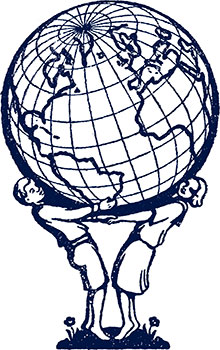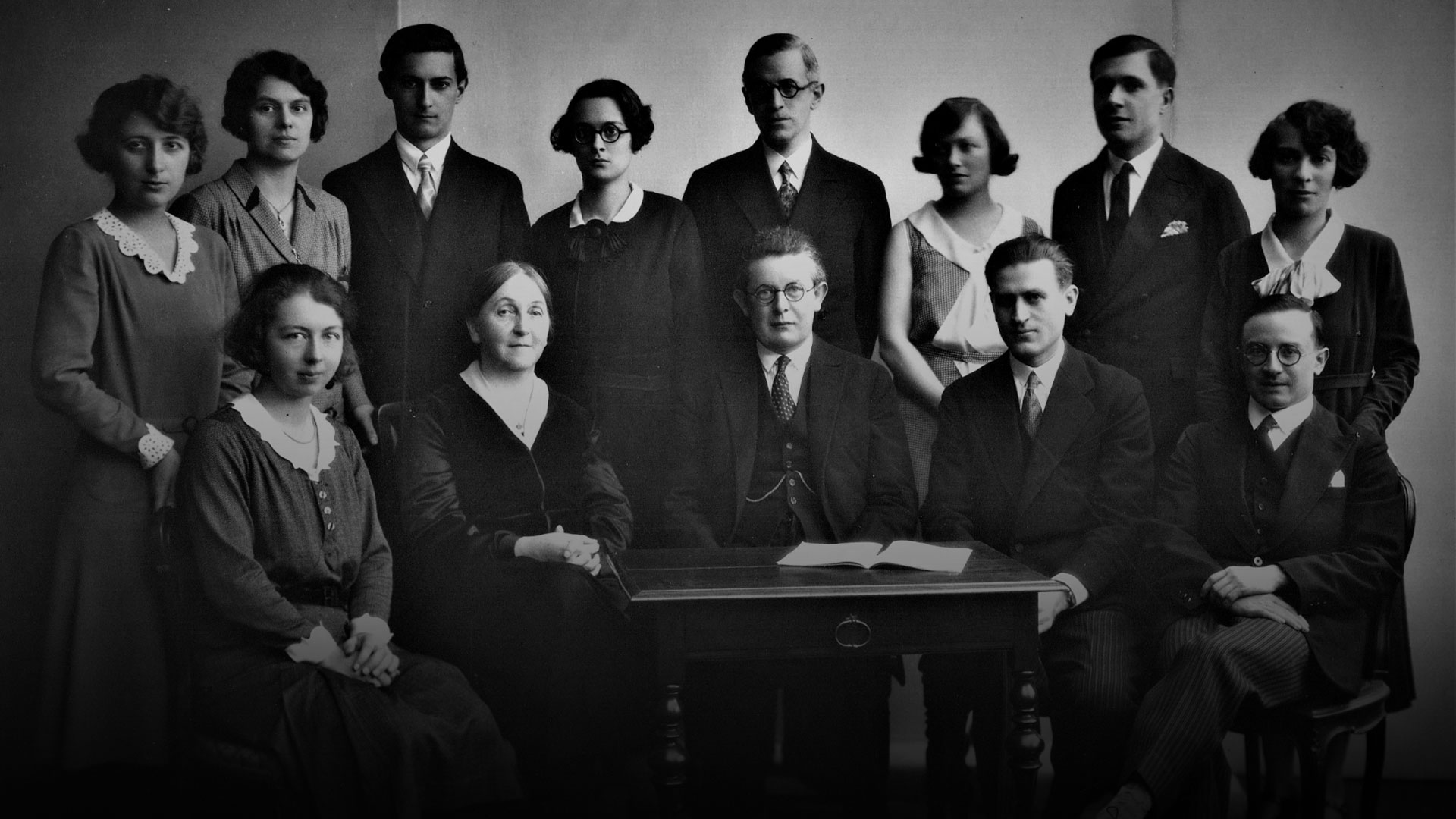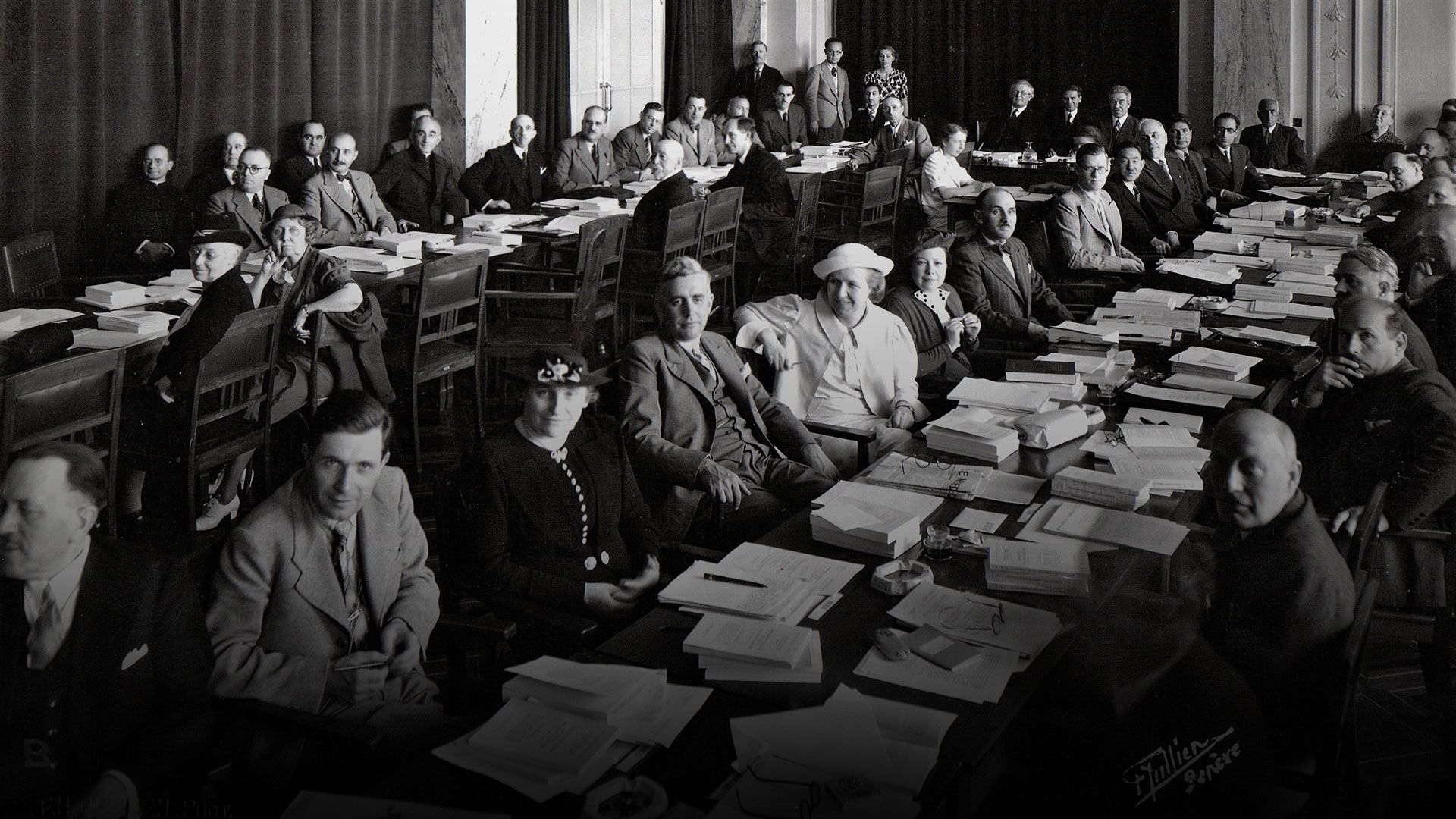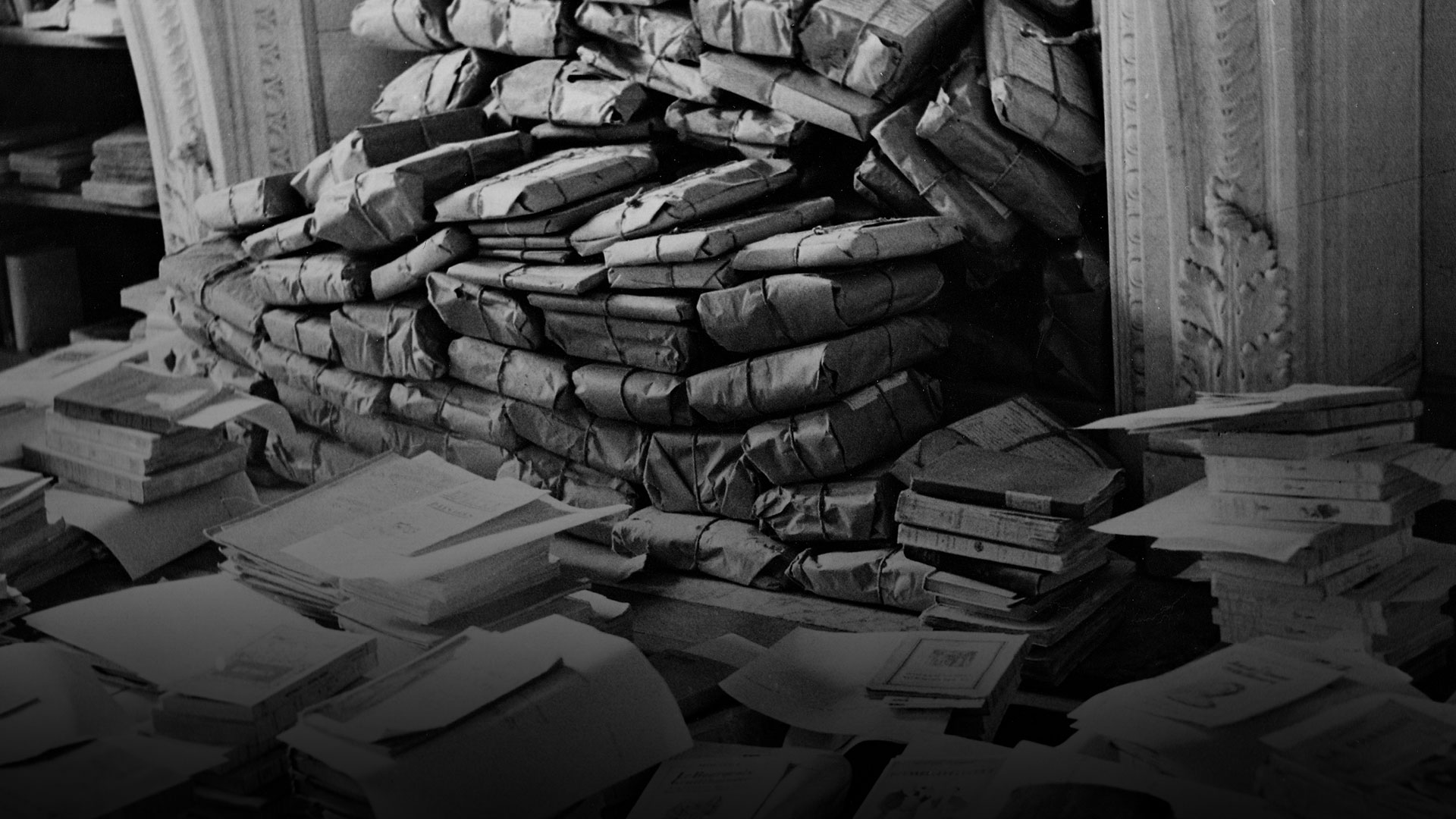EARLY YEARS
IBE History, 1925-1969
The IBE was born from the intellectual discourse of leading thinkers and architects of the progressive education movement known as the New Education, including Edouard Claparède and Adolphe Ferrière.
The International Bureau of Education was created in Geneva in 1925 as a private non-governmental organization with the particular help of leading Swiss psychologists and pedagogues Pierre Bovet, Edouard Claparède, and Adolphe Ferrière. Pierre Bovet became the IBE’s first director, assisted by Adolphe Ferrière and the Swiss progressive educationalist and peace activist Elisabeth Rotten. The French educator, translator, and children’s book author Marie Butts served as the IBE’s first General Secretary, from 1926 to 1953. Edouard Claparède headed a committee of patronage that counted among its members a variety of famous personalities such as Albert Einstein, Emilie Gourd (Secretary of the International Alliance for Women’s Votes), and Albert Thomas (Director of the International Labour Office). The IBE’s founders adhered to the ideas of the New Education movement, for which Geneva was an important center. This school of thought was inspired in part by Swiss philosophers Jean-Jacques Rousseau and Johann Heinrich Pestalozzi, putting the needs of the child at the center.
IBE Milestones (1925-1969)
1925
The IBE is created as a private Swiss association
During its first years, the IBE organized courses, study visits, exhibitions, and conferences, and gathered and disseminated information on all matters related to education.
1929
The IBE becomes the first intergovernmental organization in the field of education
Jean Piaget, the eminent Swiss psychologist, is appointed director, with Pedro Rossello, a Spanish educationist, as his deputy. Together, they led the IBE for almost forty years.
1934
First session of the International Conference on Public Education (ICPE)
The IBE starts convening sessions of the International Conference on Public Education (ICPE) through the intermediary of the Swiss Federal Council (an arrangement that continued until 1946), inviting ministries of education to present reports on recent educational developments in their countries.
1939–45
Service of Intellectual Aid to Prisoners of War (SIAP)
During the World War II years, the IBE concentrates its efforts on the Service of Intellectual Aid to Prisoners of War (SIAP), collecting and distributing books to study groups in the prison camps. By the end of the war the IBE has distributed almost 600,000 books.
1947
The newly established UNESCO and the IBE join forces
Between 1946–1968, the IBE and UNESCO establish closer links of cooperation with comparative education centers worldwide. They also play a catalytic role in the creation of regional societies and an international council of comparative education.
1952
Women and education
The International Conference on Public Education (ICPE) addresses the issue of women’s access to education.
1956
Primary school curriculum
The International Conference on Public Education (ICPE) discusses issues related to the development of the primary school curriculum.
1969
Integration within UNESCO
The IBE becomes an integral part of UNESCO, as an international center of comparative education, with a mandate of pursuing research particularly in the area of comparative education and maintaining educational documentation and information services.
THE FIRST OF ITS KIND
With the adoption of new statutes in 1929, the IBE transformed into the first intergovernmental organization exclusively active in the field of education. It soon became an internationally recognized clearinghouse for information in this field, beyond its initial focus on New Education.

In order to achieve this mission, its new director Jean Piaget, Professor of Psychology at the University of Geneva; and deputy director Pedro Rosselló, Catalan lecturer of comparative education, organized yearly international conferences – the International Conference on Public Education (ICPE). The IBE also regularly sent surveys to national ministries of education and published the results annually. Furthermore, the IBE developed a library and a permanent exhibition on education themes. During the Second World War, the IBE adopted a humanitarian role, by providing educational books and other material to prisoners of war around the world.
Unlike other international organizations, the IBE survived the second world conflict and convened, already in 1946, a new International Conference on Public Education (ICPE). The end of the war also marked the founding of the UN system, and, in the field of education, of the United Nations Educational, Scientific and Cultural Organization (UNESCO). Due to their compatible agendas, the two organizations would collaborate closely over the years. In 1947, the two international organizations agreed that UNESCO would have access to all IBE resources and that they would organize the International Conference on Public Education jointly. In 1952, a joint commission was established to broaden cooperation. As a UN agency, UNESCO disposed of much vaster resources than IBE and in order to assure its viability and greater coordination between the two bodies, the IBE requested integration into UNESCO. This merger was carried out through an agreement in 1968. The IBE remained in Geneva and retained its intellectual and functional autonomy, but also became an integral part of UNESCO. Within the latter, the IBE specialized in reforming and renewing educational content by becoming, in 1999, an international center of excellence in curriculum. In this capacity, it continues to provide guidance to UNESCO Member States and to curriculum specialists around the world.






